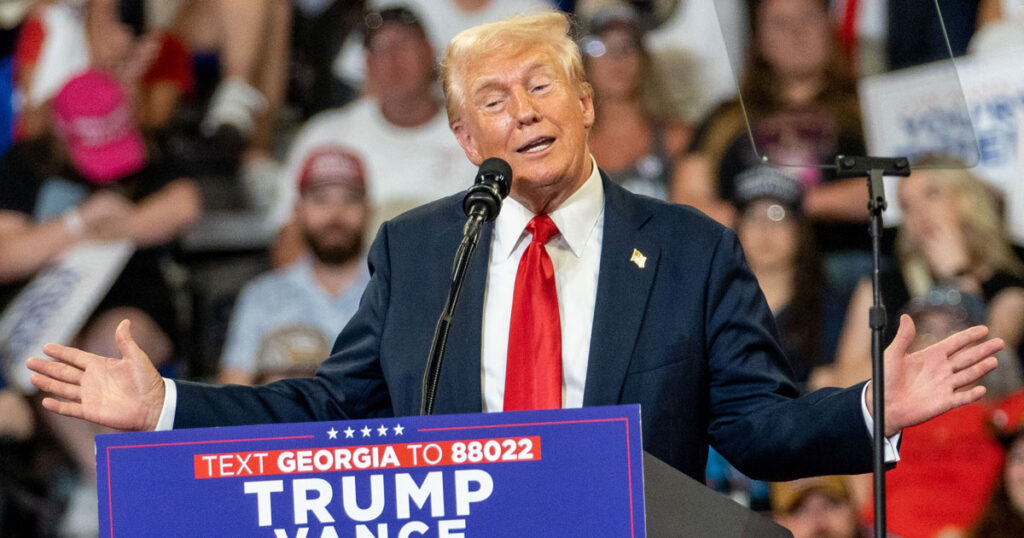
Explain like I’m 5: President-elect Trump’s tariffs
President-elect Donald Trump‘s threat to impose tariffs on products imported from Canada and Mexico on Day 1 of his administration feels more like a promise now that he’s laid out somewhat of a plan.
On Monday, Trump detailed his tariff plan on Truth Social.
“On January 20th, as one of my many first Executive Orders, I will sign all necessary documents to charge Mexico and Canada a 25% Tariff on ALL products coming into the United States, and its ridiculous Open Borders,” he wrote.
Trump claimed the tariff would remain in effect until the overflow of drugs and illegal immigration came to a halt. He also announced plans to charge an additional 10% tariff on all products arriving from China.
In his post on Truth Social, Trump called upon Canada and Mexico to use their power to “solve this long simmering problem.” In the meantime, he declared “it is time for them to pay a very big price!”
Canada, China, and Mexico are the United States’ top three trading partners, meaning Trump’s tariff plan would effect nearly every part of the economy.
How? It sounds like it would benefit our economy.
Let’s break Trump’s tariff plan down into a much simpler concept.
Imagine you have a lemonade stand that sells lemonade and cookies. While you could bake the cookies yourself, you have a friend who lives in a different neighborhood that makes delicious cookies and you’d rather sell theirs.
As soon as you acquire your friend’s cookies you learn about a rule in your neighborhood: if you want to sell any products from outside of your own neighborhood you have to pay a fee. That fee is called a tariff.
If you pay the fee, you’d have to increase the price you sold the cookies in order to make a profit. If you chose not to pay the fee and make the cookies yourself, you could sell the cookies at a lower price.
What’s the reason for the tariff?
There’s several benefits to the fee. Not only does it encourage you to make your own product, but when the tariff is collected, the money is used for community development.
Think of tariffs like taxes for importing products from one place to another. Not only can they change what things cost, but they can change where people buy or sell.
READ MORE: